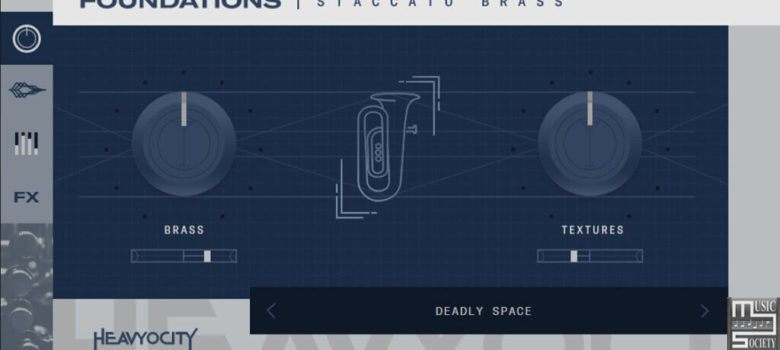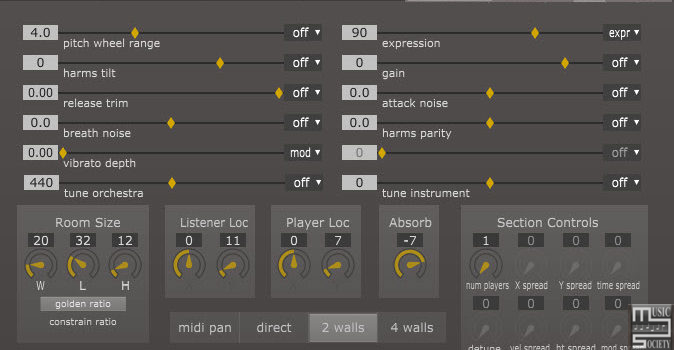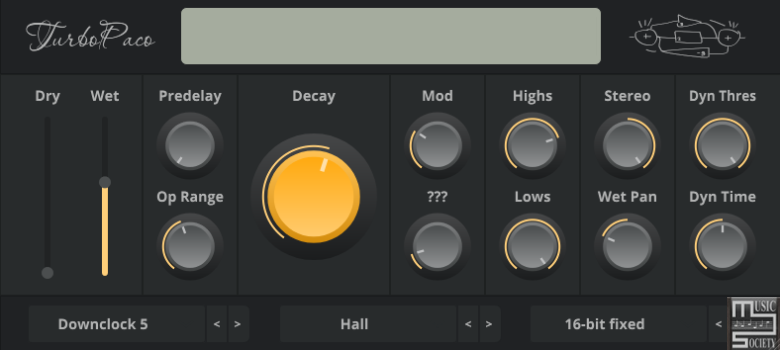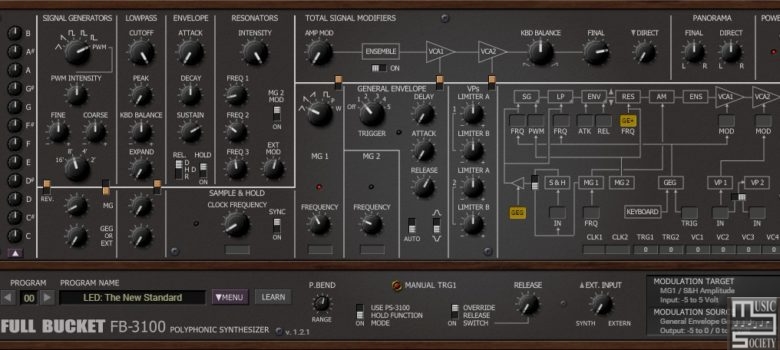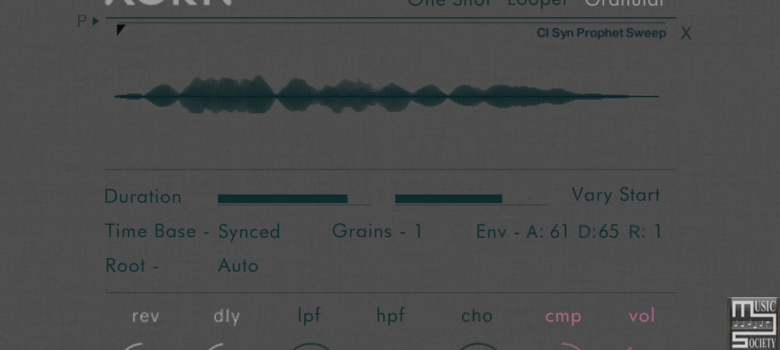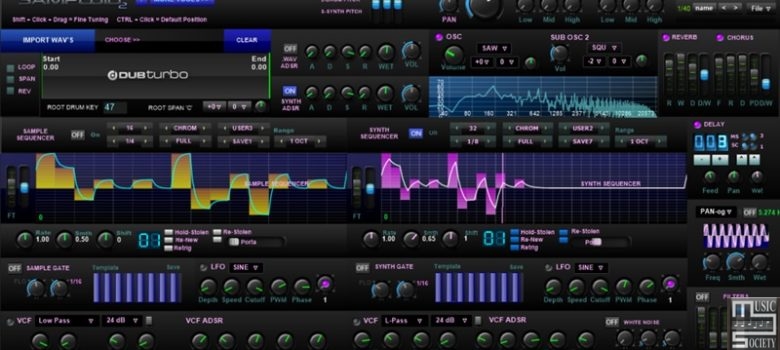Soundiron Rainsong 2.0 KONTAKT [FREE]

Rainsong is a free instrument library for Kontakt, created from a variety of natural rain ambiences and raindrop sound effects, crafted into playable sound-designed synths, pads, atmospheric soundscapes and percussive sfx. It’s full of playable muscial elements, as well as useful sonic elements and foley for videogames, animation, film and…




